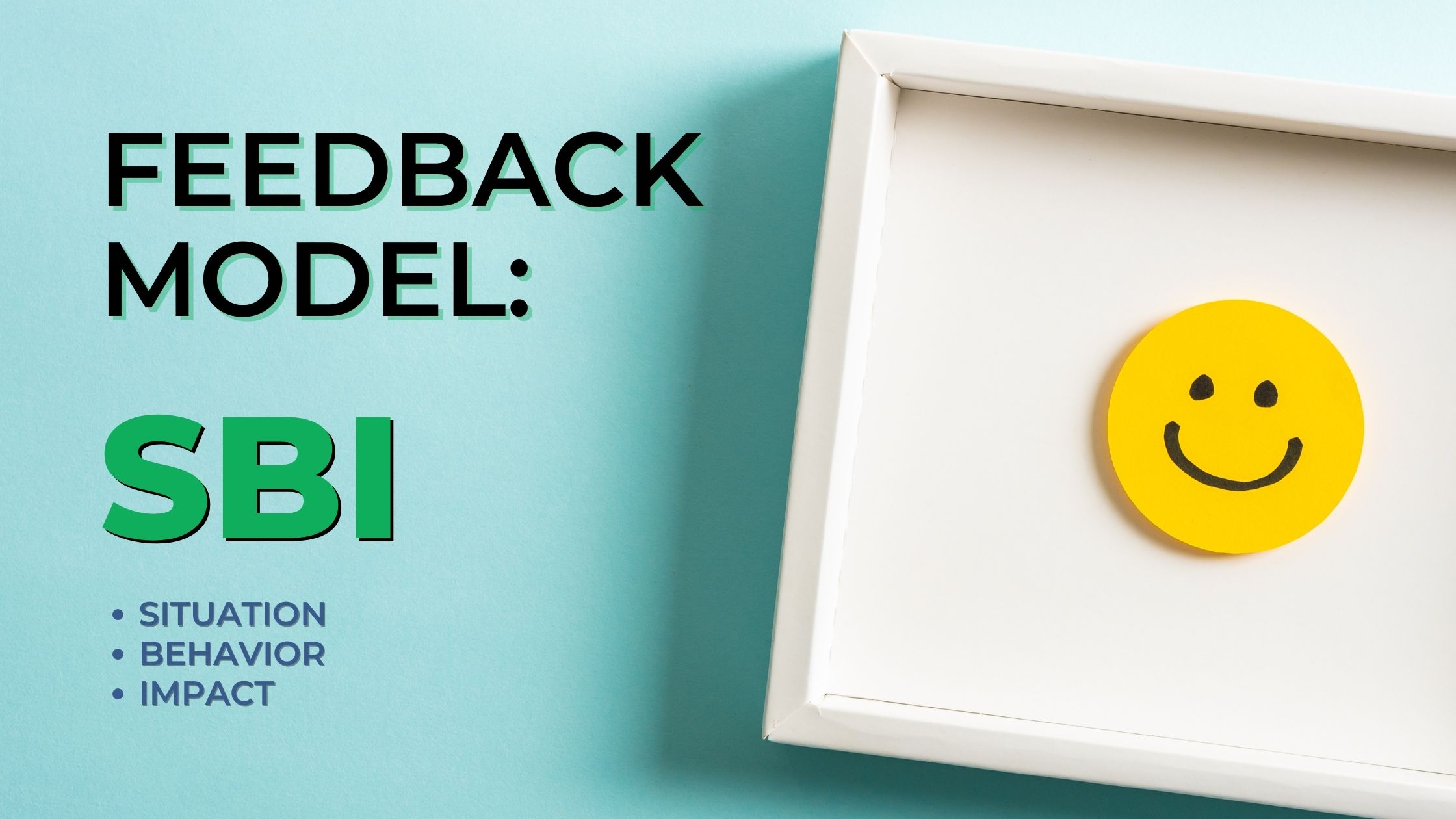These days, too much emphasis is placed on whether performance conversations are deemed as ‘negative feedback’ or ‘positive feedback’ and not the outcome you want to achieve by having these discussions.
With that said, giving constructive, actionable, and result-oriented feedback can be tricky—sometimes downright uncomfortable. Even when you meticulously plan what you want to say, it often doesn’t come out quite right.
So, what if there were an easy three-step method to reinforce positive behaviors and redirect negative ones? Would you give it a try?
I am pleased to say there IS a method that does just that! It’s called the SBI feedback model, created by The Center for Creative Leadership. While other methods focus on either the ‘positive’ or ‘negative,’ think of the SBI feedback method as the all-in-one, multivitamin-style approach that will help you and your team function in a more harmonious, productive way every day.
OK, so what is the SBI model?
The SBI feedback model stands for Situation, Behavior, and Impact. Each part is designed to make feedback specific, descriptive, and, thus, infinitely more effective.
- Situation refers to the time and place where the event occurred.
- Behavior references the specific actions for which the feedback is necessary.
- Impact describes the different ways in which the behavior has affected the individual, the team, and/or the overall company.

A dual-purpose method
As you can tell, the SBI feedback model can work well if an employee has exhibited positive behavior or is used to redirect more negative practices.
The Situation
In the initial step, your focus should be to help the recipient visualize the situation for which you are giving feedback. Do your best to be as direct as possible, and outline the most salient points, so they understand the facts.
The Behaviour
Next, ensure you mention specific behaviors or outcomes that you are referencing. Describe the events as you observed them by using non-ambiguous terms. Everything you say needs to be fact-based because if you deviate off-script, you may cause the team member confusion. Confusion leads to miscommunication, nullifying the feedback you want to convey.
The Impact
Finally, and perhaps most crucially, detail the impact of the behavior you described earlier. If the recipient exhibited positive behavior, reinforce how the employee created a positive outcome for others. Conversely, if you’re giving effective feedback that is redirective, be clear to demonstrate how the person’s behavior had an adverse effect on the situation or the people involved.
Summing It Up
You may have already read my blogs on the BET feedback model, which focuses on reinforcing positive outcomes, and the BEER feedback method, which redirects negative behaviors. While I find both of these effective feedback methods incredibly constructive, they can be more time-consuming. The SBI feedback model is literally as easy as 1, 2, 3. As it has the capacity to be used in both situations, many managers I coach prefer to utilize the SBI model with a fellow team member.
If you are interested in the SBI feedback model or any other techniques I discuss in my blog, I would love to hear from you. With more than 20 years of coaching mid to senior-level leaders to become influential and respected executives, I can help you incorporate a positive impact with different feedback methods into your leadership style too!


